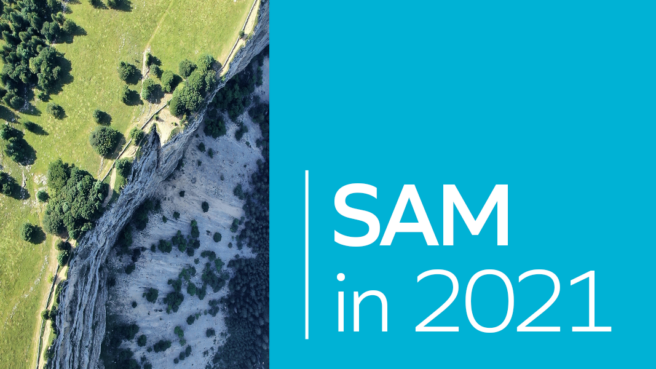SAM in 2021: Data Elements You Should Be Tracking for Software Agreements

Most organizations rely on hundreds or even thousands of software vendors. Quick access to a consolidated view of all software agreements is key to reining in software spend and minimizing costly compliance failures. But, knowing where to start on such a project can feel overwhelming for most software asset managers (SAMs).
Consolidation is the key to proactive management
While spreadsheets are a common approach and a good way to start tracking software agreements, they don’t allow SAMs to work collaboratively or in the proactive manner that is necessary for reducing sprawl or spend. Software tools will more effectively shed light on the bigger picture of what software you have, who has access, for how long and at what cost, for even the largest organizations. Complete visibility from a single dashboard powers smart, timely decision-making and can help you prepare for upcoming software renewals and audits. It’s not only a SAM best practice – it’s a compliance driver.
Knowing what agreement data to import into your software tool can be tricky so the tendency is often to wait “until you have all the data.” The truth is you’ll likely never have it all, particularly if your organization has been in business for any length of time, so the best step is usually your first step.
Start by forming baseline entitlements
With so many software agreements, the best place to start is by drawing a line in the sand. Consolidate all your software purchases from a single point in time and call that your starting point – your baseline. You may not be able to get every vendor entered into your tool initially, and that works too. It’s okay to start with your top 5, 10 or 20.
Once you’ve identified the top publishers, build out your baseline by importing the software agreement data. Each agreement looks different from another of course, and there’s no shortage of information. Here are some of the key software agreement data fields you should collect and import:
- Agreement Name
- Agreement Number
- Manufacturer
- Master Agreement Number (if sub-agreement)
- Automatic Upgrade (Yes/No)
- Subscription Agreement (Yes/No)
- Agreement Begin & End Date
With this information in your software tool, you’ve already increased your visibility. You may quickly see you have a dozen software agreements with one vendor. How can you consolidate that into one agreement for more efficiency?
Build out your baseline with additional data
Next, you may want to add fields for your agreements that will help improve ongoing management. Contact information is one example. Adding contact information can help identify who within your organization can provide information on the agreement, or you may end up listing the publisher contact who you work with for renewals and changes. In other cases, you may have standard terms and conditions, such as cancellation policies, maintenance terms and audit policies, that get attached to every contract you sign. Adding this information to the agreement can provide quick access when needed.
By adding this level of detail, the software tool can then alert you to requirements that enable proactive management. For example with renewals, if your contract says 90 days is required to exit, you can set up a notification for 6 months prior to the end date and that gives you plenty of time to navigate the timeline.
Phase two: software licenses
For a robust SAM program, the goal is to get your license data imported too. This is how you can start to gain true technology intelligence over what works and what doesn’t, who uses what and how licenses may be reharvested to maximize budget. Because this can seem like a herculean task given the volume of software subscriptions and users, consider this your phase two.
Like the above-mentioned list of data elements for tracking software agreements, there are similar lists for software license imports and application settings, both for a baseline and beyond.
See how Snow can help you unlock a unified view of your software, cloud and hardware assets, license entitlements, application usage metrics and automatically calculate the compliance position for all software.
This post is the fifth in a series of articles on SAM. Read our previous posts for insights on SAM implementation, how-tos and more.